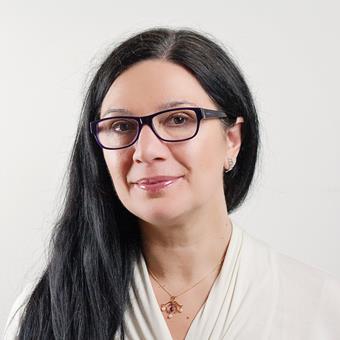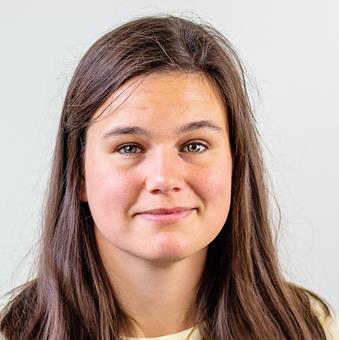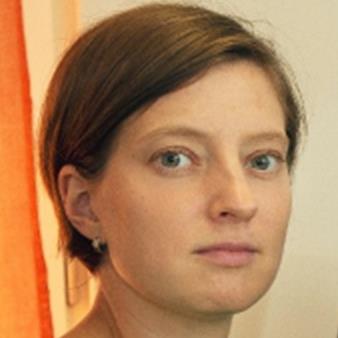Neuroengineering
Neuroengineering is a cross-disciplinary research area where engineering meets neuroscience. New methods, tools and techniques are developed and translated for clinical use.
Research areas
Publications, webinars and downloads
Research group
Research leader
Researchers
Collaboration
Department of Neurosurgery, Linköping University Hospital
DBS unit, Norrland University Hospital Umeå
Lab of Mathematics in Imaging (LMI), Harvard Medical School, USA
Department of Neurosurgery, Université Clermont Auvergne, France
Department of Neurosurgery, Karolinska University Hospital, Stockholm
News
Workshop
A workshop on “Tools for DBS simulation and optical guidance” was arranged at the XXV Congress for European Society for Stereotactic and Functional Neurosurgery (ESSFN) held in Stockholm Sept. 27-30, 2023. The latest from our research was presented at the workshop and the Apps ELMA, DBSim and DBviS for patient-specific deep brain stimulation (DBS) were demonstrated and hands on training offered. Furthermore, the FluoRa system for optical guidance was demonstrated.
The workshop attracted around 100 participants, most of the neurosurgeons but also biomedical industry. Participants from Linköping were, Teresa Nordin, Elisabeth Klint, Johan Richter and Karin Wårdell and LiU's guest professor Simone Hemm and Dorian Vogel, FHNW.
The 11th NeuroEngineering Symposium
Guidance and imaging in neurosurgery, multimodal neurointensive care and deep brain stimulation were the topics for the 11th Neuroengineering Symposium which was held at Linköping University Hospital November 7-8, 2024.
The symposium is a co-arrangement between the Neuroengineering Group at the Department of Biomedical Engineering and the Department of Neurosurgery, Region Östergötland. This international forum attracted researchers and clinicians with an interest in neurosurgical guidance techniques, brain atlases and imaging, brain microcirculation, and intraoperative tumor identification, among others. The latest equipment and systems were shown in the exhibition by companies in the field of neurosurgery and posters displayed by the researcher. Several international speakers gave their lates views in the field. Find the program here:











